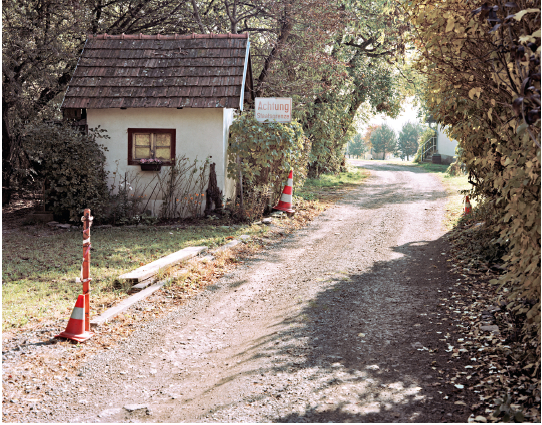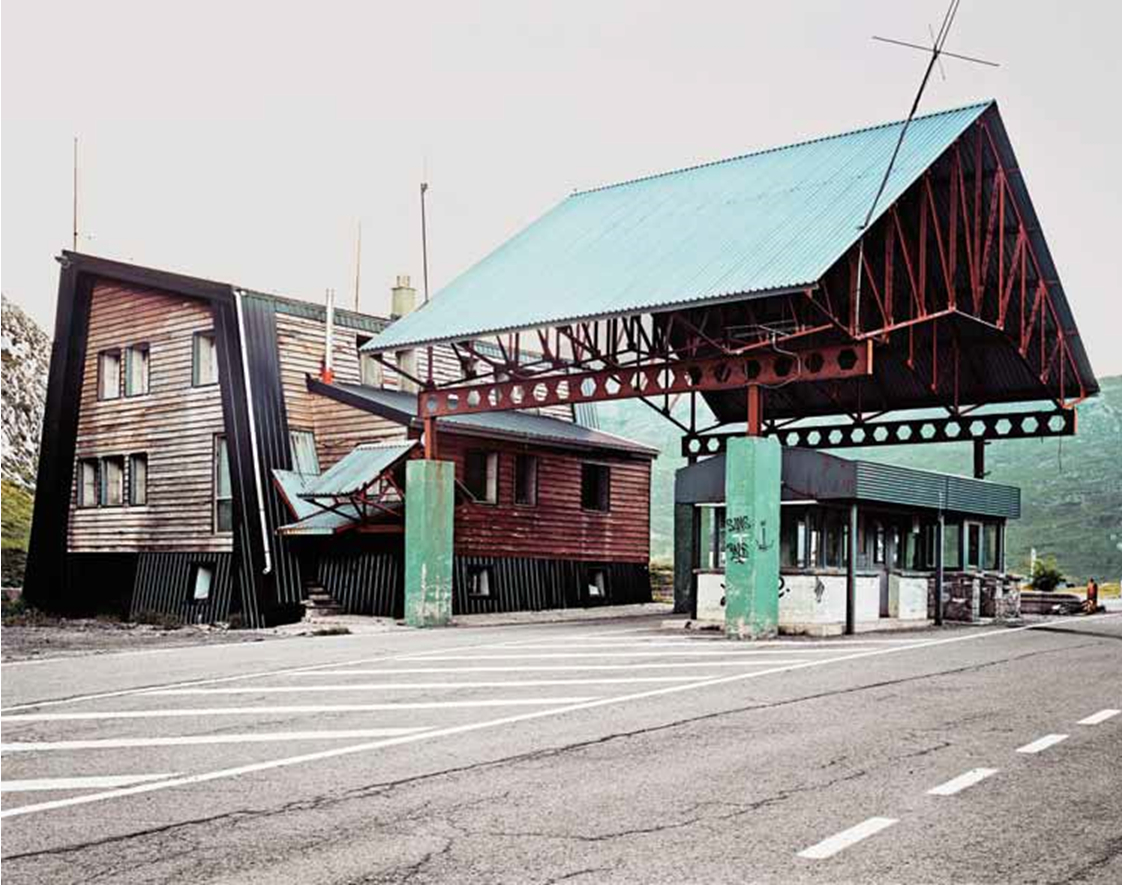 |
| December European © Ignacio Evangelista |
40 million people have died in Europe. But the commodity of crossing borders without documentation has made us forget about it (Umberto Eco, 2013).
The series ‘After Schengen’ shows old border crossing points between several states of the current European Union. After the Schengen Act, most of these old crossing points have been left abandoned and out of use; they allow for a present gaze to the old Europe. This provokes many reflections, in a moment in which the European Union project is being highly questioned.
These places, before the Schengen Act, limited the territories and were a control point where travellers had to stop and show their documentation; nowadays, they appear to be abandoned places, located in spatial and temporal limbos out of the time and use they were conceived at.
The border crossings have a purely geographical delimitation function, but also a coercive function, in the sense of stopping free transit of people from one state to another. To sum up, these are places which, apart from having a cartographic dimension, they are supplied with historical, economic and political reminiscences.
These old crossings disappeared gradually: some have been renewed for other uses, others were destroyed and some of them simply sunk due to the pass of time. Hence, in a few years, there will not be a chance of looking at these strong symbols of Europe’s recent history.
The year 2015 celebrates the 30th anniversary of the Treaty.
He was only five when he crossed the first frontier, that of France and Switzerland, and it impressed him not to see the red and purple line which marked the limits between such countries. (Enrique Vila-Matas. Historia abreviada de la literatura portátil)
 |
| © Ignacio Evangelista |
Ignacio Evangelista
Born in Valencia, he lives in Madrid. He got his Degree in Psychology by the Universitat de València. Along his photos, we see the relation- and usual contradiction- between the natural and the artificial, between the animated and the inanimate. Although the series may be formally very different, there is always a common topic for all, that related to the human imprint.
He has presented individual exhibitions in USA, Germany, France and Spain, and has participated in collective exhibitions in the USA, Canada, Germany, Great Britain and Spain. His works have been published in media such as the CNN International TV (EUA), The Independent on Sunday (Great Britain), Der Spiegel (Germany), ArchDaily (USA), Domus Magazine (Italy), Citylab-The Atlantic (USA), Haaretz (Israel), La Vanguardia Dossier (Spain) and El País Semanal (Spain), among others.











